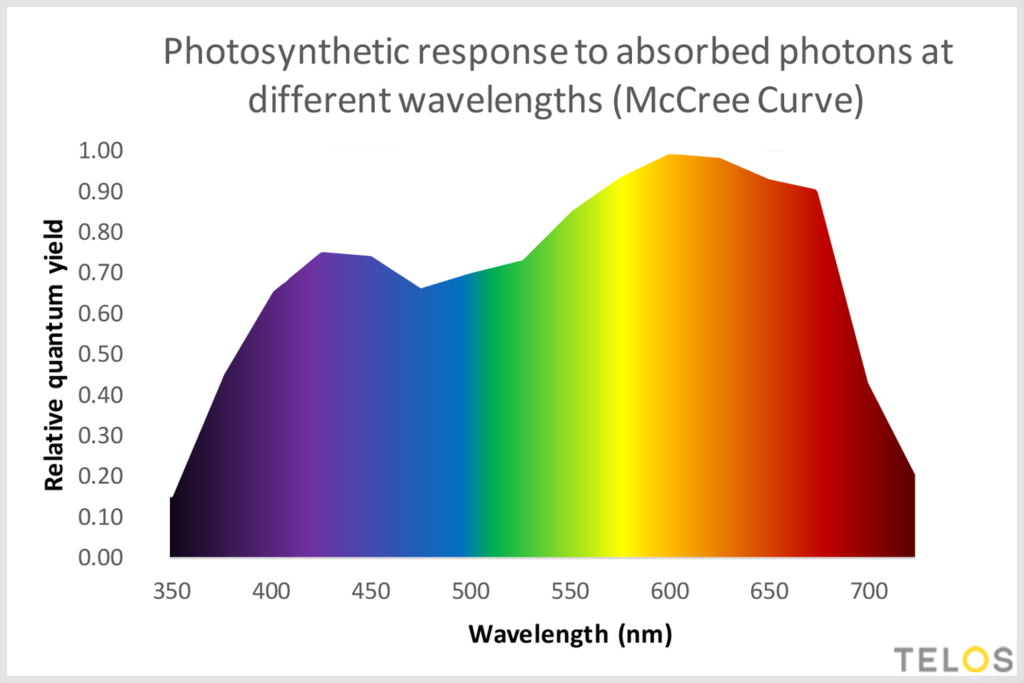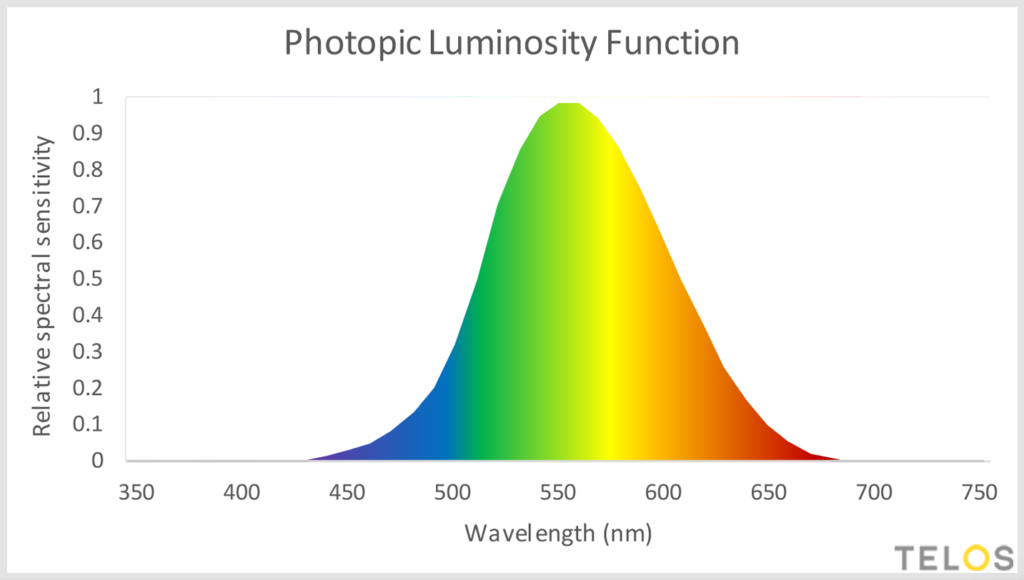PAR, PPF, PPFD and DLI
PAR (Photosynthetic Active Radiation)
PAR refers to the spectral range of radiation that is utilised by plants to drive photosynthesis. This range is 400-700nm however recent research suggests that plant utillise light outside this range causing many companies to use an extended PAR range of 380-780nm. When grow lights are advertised as “full spectrum”, it means they emit wavelengths from the entire PAR range. PAR is not a measurement itself but is something you measure and the the amount of PAR that reaches your crops from your grow light is what you want to know before buying.

PPF (Photosynthetic Photon Flux)
PPF is a way of quantifying PAR, it measures the total number of photons in the 400-700nm range a light source emits per second and is measured in micromoles per second (μmol/s). PPF is measured using a piece of equipment called an integrating sphere and is usually tested by a third party due to the high cost of integrating spheres.
Knowing the PPF allows you to find out how efficient a light is, ie. how many photons in the PAR range are emitted per unit of energy the light draws. This is done by dividing the PPF by the wattage of the light to get a value for PPF efficiency measured in μmol/joule (since watts are measured in joules per second) and the higher the value, the better the efficiency.
PPF and efficiency are really important metrics that you should know before buying a grow light. A light may look impressive with a high wattage but this doesn’t always equate to better growth. You could end up throwing money away on an expensive lighting system and all the power it consumes for results that could be achieved with a less powerful but more efficient system that costs less.
PPFD (Photosynthetic Photon Flux Desnity)
DLI (Daily Light Integral)
YPF (Yield Photon Flux)
Yield photon flux is another way of quantifying PAR. It differs from PPF in that PPF weights all wavelengths equally, whereas YPF is weighted to reflect how photons absorbed by plants yield different amounts of photosynthesis depending on their wavelength (350-750nm). This weighting is based on a research paper written by K. J. McCree who produced a graph that demonstrated how comparably effective different wavelengths were at driving photosynthesis once they had been absorbed (Photosynthetic Response Graph*). There are criticisms on how this graph is used by lighting companies and of how accurately YPF can be measured, so many companies do not calculate the YPF.
*Graph made with data from McCree’s 1972 paper: The action spectrum, absorptance and quantum yield of photosynthesis in crop plants

Luminous Flux, Lumens and Lux


